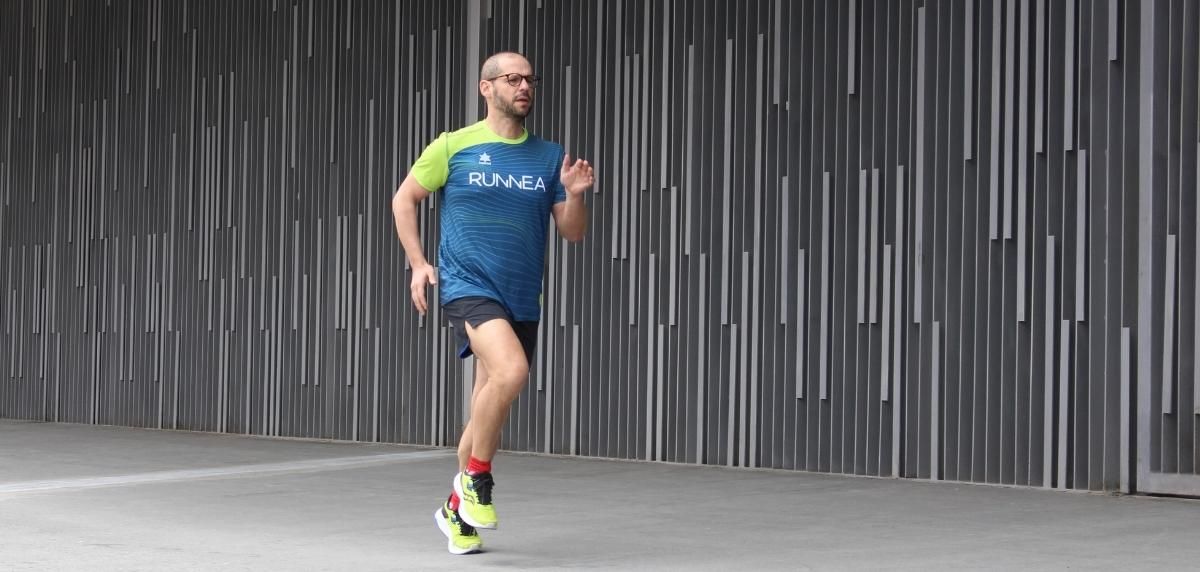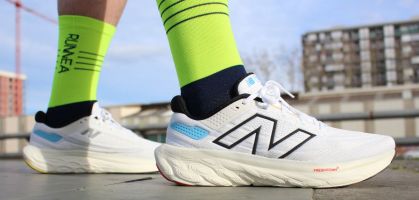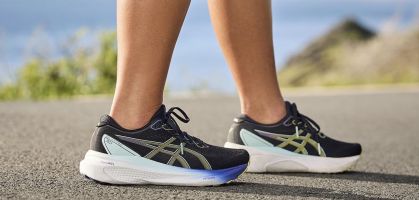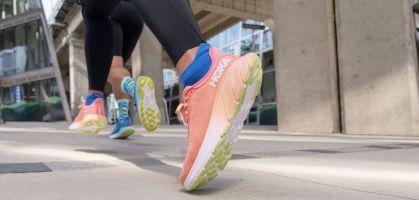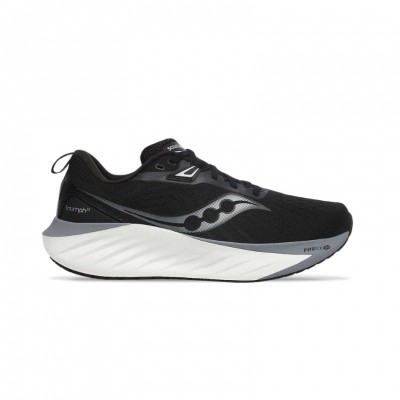Being a runner used to regular and daily training, and also to a regular popular races on weekends, injuries are one of the main obstacles that you can find on the way to achieve your sporting goals. Attention to the big toe! Although it may not seem like it, it has a vital role to play when it comes to executing the action of running.
Pain in the first big toe is one of those little-known injuries for runners of all types and conditions. However, in many cases, this problem is disabling, and that is why at RUNNEA we put the spotlight on the so-called hallux.
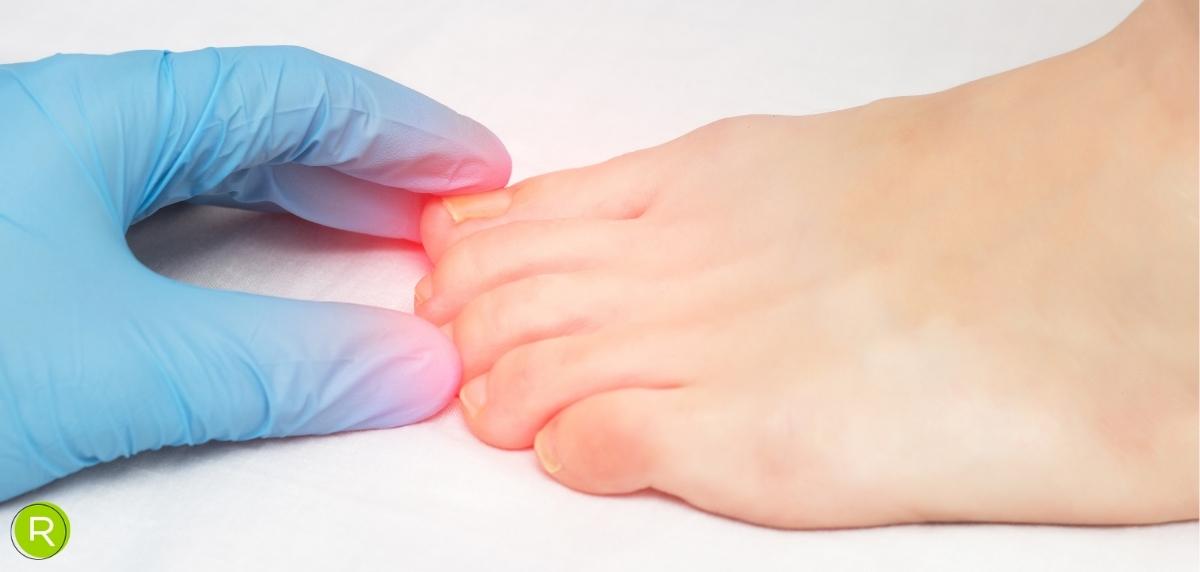
The importance of the 1st big toe in runners
At a biomechanical level, the alignment of this hallux -which is parallel to the rest of the toes- is what differentiates us from the rest of primates, and what has also allowed humans to evolve to the standing position, being a key element of the skeletal system of human locomotion itself.
We must go beyond the argument that, although they contain the smallest bones in the human body, the area of the big toe is the one that supports most of the weight of our body. However, we must also add two other main functions: providing propulsion and stability during the stride cycle. This is why the stress on this part of the foot is strong.
This is why the alignment of the big toe has served to make running a natural action that is part of human nature, which distinguishes and differentiates us from other living beings. Hence the importance of the big toe, which is more important than it appears.
It must be considered that the deviation of the big toe can mean a substantial change in the biomechanics of the footprint, and therefore we are more exposed to a greater risk of injury. Moreover, this injury can become chronic and make it impossible for the athlete to run.
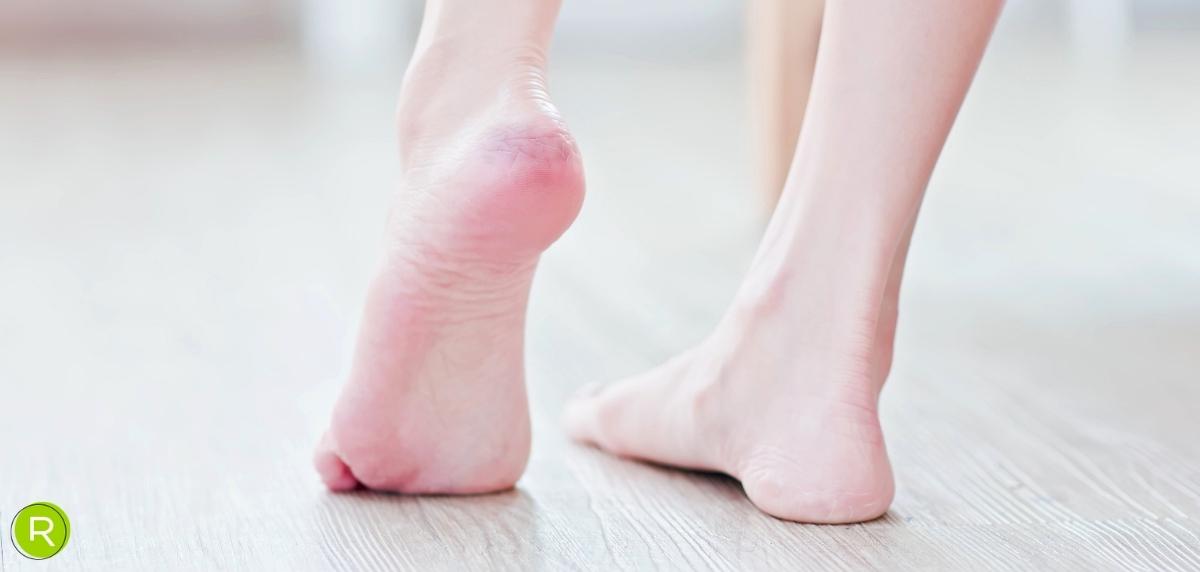
What are the most common injuries to the big toe?
To put in context you should know that the feet are divided into three very well defined parts:rearfoot (heel and ankle), midfoot (plantar arch and instep) and forefoot (metatarsals and toes).
With this division, we make clear that the pain in the big toe can also come derived by diverse pathologies caused in the different zones like the rearfoot or midfoot, as it is the case of the plantar fasciitis; and not only by the metatarsals and the toes.
Frequent injuries associated with the big toe can be:
Big toe bunion
Technically known as hallux valgus, the pathology reflects an outward deviation of the big toe, forming a characteristic protrusion of this injury. Rather than an injury produced directly by running, it can be defined as a possible consequence of running for many years. We must add that genetic and hereditary factors can accelerate its appearance, having little plantar arch or joint hyperlaxity can increase the risk of suffering it. Also the excessively tight fit of the running shoes that you can wear, maintaining an undesired position, lack of stability and strength in the plantar musculature favors this deformity.
When the bunion evolves, the most evident symptom is the deformity that is formed, appearing in addition irritation and redness. Of course, there is also a stabbing pain every time the foot hits the ground.
Osteoarthritis
It is a pathology that is usually more associated with the hands, hips and knees, among other parts of the body. The continuous impact on the feet also causes it to be suffered in this anatomical area, directly related to runners due to the activity they carry out. It is evident that the osteochondral lesion responds directly to predisposing factors such as age, race and body weight. There are studies that show that joint injury in long term runners is susceptible to appear. It is curious, but joint wear and tear in runners is more related to high running paces than to mileage volume. High training and running intensities make joint wear and tear more likely to appear in relation to the number of kilometers run. But this degradation and breakdown of the cartilage tissue of the bones can also occur in the big toe joint itself due to wear and tear. Its most direct consequence is intense pain in the metatarsophalangeal joint of the first toe, producing also inflammation, and can even derive in a greater problem like the appearance of the bony spur.
Sesamoiditis
Sesamoids are small rounded bones that are formed in different parts of the body such as knees, hands and feet. In this case, we are interested in talking about those that form in the metatarsophalangeal joint of the first toe. These bones, which are always formed in the tendons or very close to some joints, have the function of giving support, stability and help to transfer the loads during the support of the foot during walking or running. When we put on them so much load we can find that in occasions they become inflamed producing the sesamoiditis. Also these bones can fracture, forming a pathology called bipartite sesamoid, where they do not consolidate and that when they are identified are usually occasional findings although they can also produce pain.
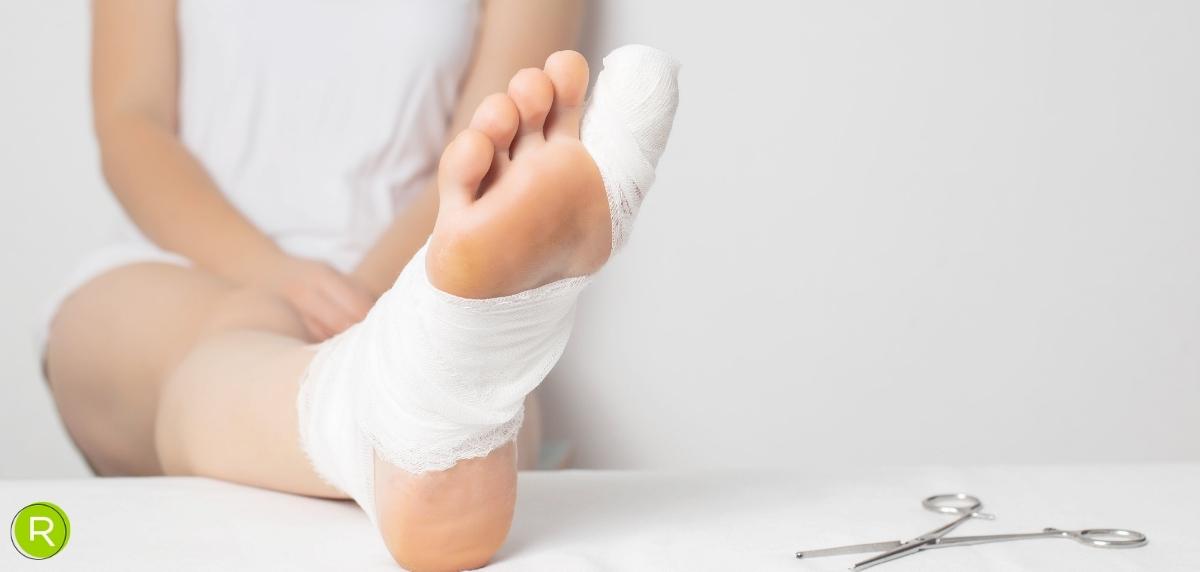
Metatarsal stress fracture (fatigue fracture of the foot)
A metatarsal stress fracture is caused by overloading the foot. Although the metatarsals where this injury occurs most often are the 2nd and 5th toes, all the bones of the foot, including the big toe, can suffer a stress fracture if they are exposed to increased stress from overuse. When the metatarsal is fractured, rest is mandatory and respect the deadlines for the injury to recover. When we do not respect the recovery periods or the fracture does not consolidate naturally, it is necessary to intervene surgically to restore the function of the foot by means of an intramedullary screw.
Metatarsalgia
This injury, very common in runners is an inflammation in the head of the metatarsal being more common in the 2nd toe but can also occur in the 1st, in the big toe. It is a frequent pathology in runners and that forces us to stop if we want to recover it. The physiotherapy treatment and the use of an insole to unload support in this area are usually the necessary measures to be able to correct it. There are times that the injury does not recover and it is necessary to infiltrate to be able to solve it, giving very good results.
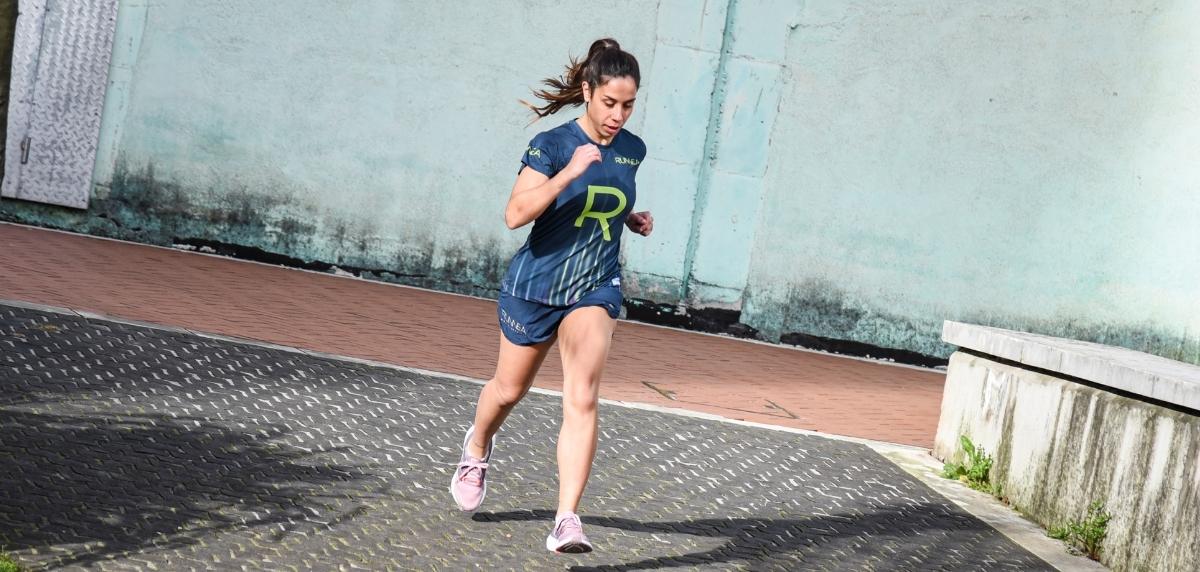
Treatments and prevention of the pain in the big toe
For those of us who like to run it is very difficult to stop doing it even knowing its possible consequences. That's why prevention is fundamental so that the pains do not appear. The control of the body weight is important to avoid suffering in the feet and in this case in the first toe. A good support of the foot and correct possible biomechanical vices will avoid unwanted inflammations.
Evidently it cannot be said otherwise that the possible treatments to avoid pain in the big toe are in consonance with the pathology that one has and its cause, as well as the intensity of the pain that one has. Even so, the most frequent and general curative therapies will be to apply anti-inflammatory measures such as local ice or anti-inflammatory drugs, or local topical or oral use.
Regarding the section on prevention to avoid pain in the big toe there are many factors and variables that influence from the runner's own characteristics (weight, and even diet), but the ideal is always to seek the expertise of a professional such as a physiotherapist and / or sports podiatrist to adapt the best treatment to the injury suffered. Opting for the purchase of running shoes that provide an optimal degree of flexibility is one of the options that is in our hand to prevent this type of injury.
Read more news about: Running News
